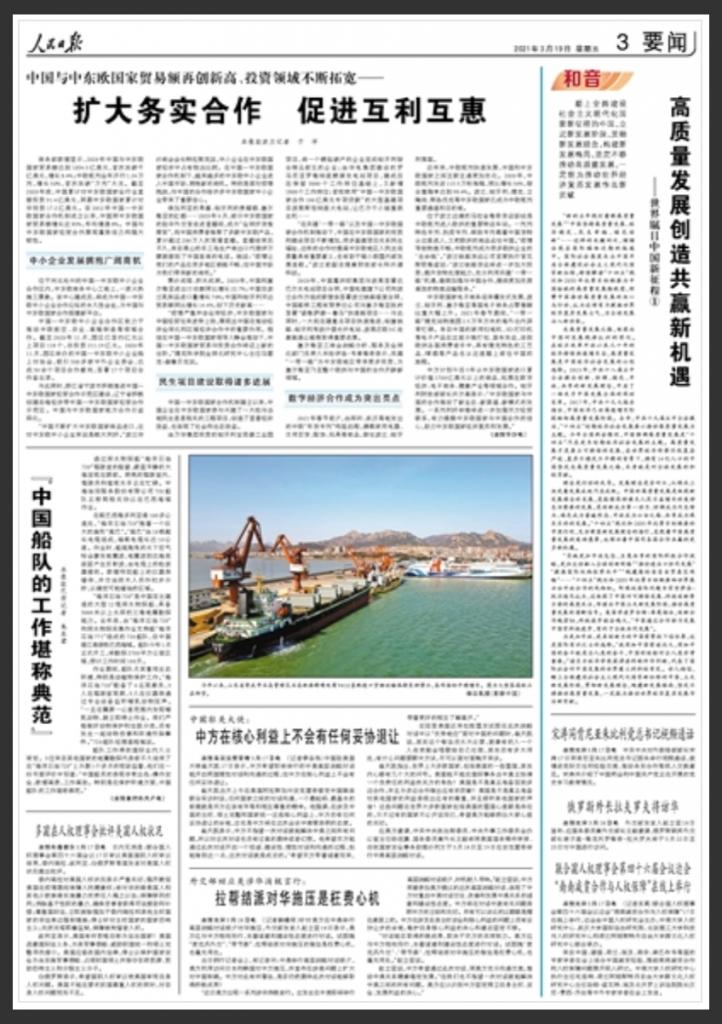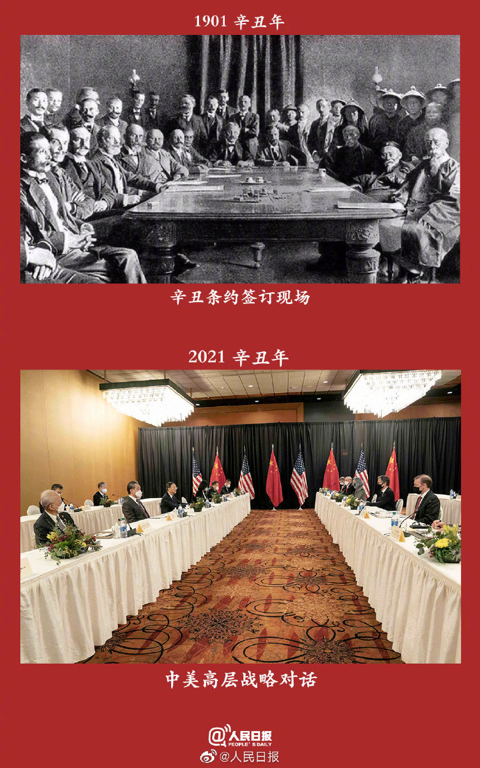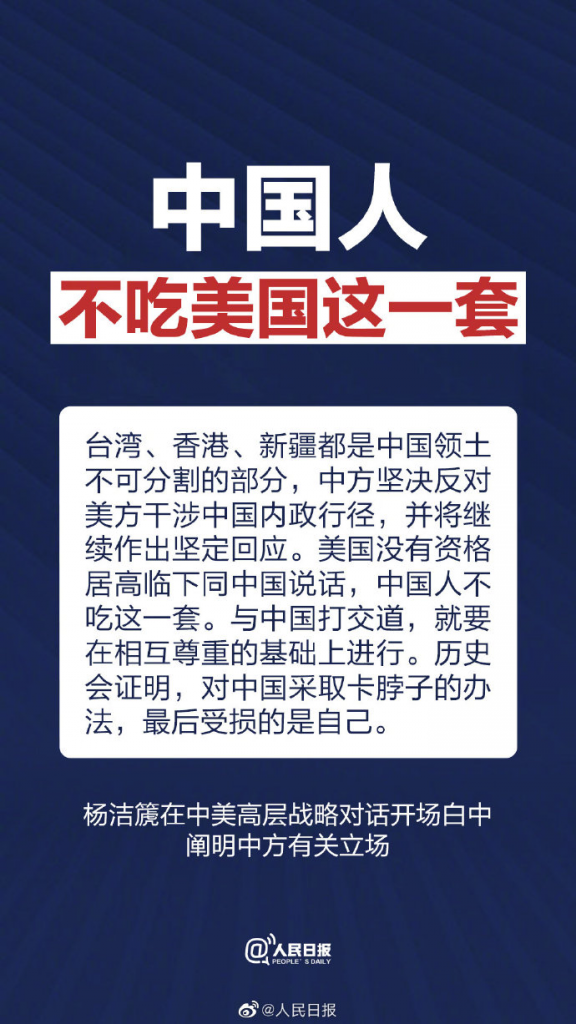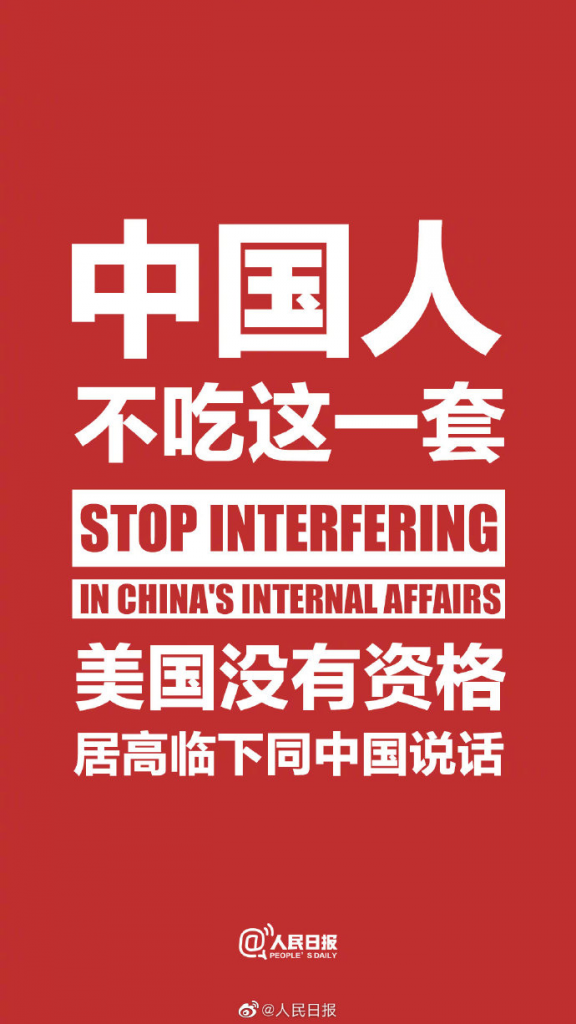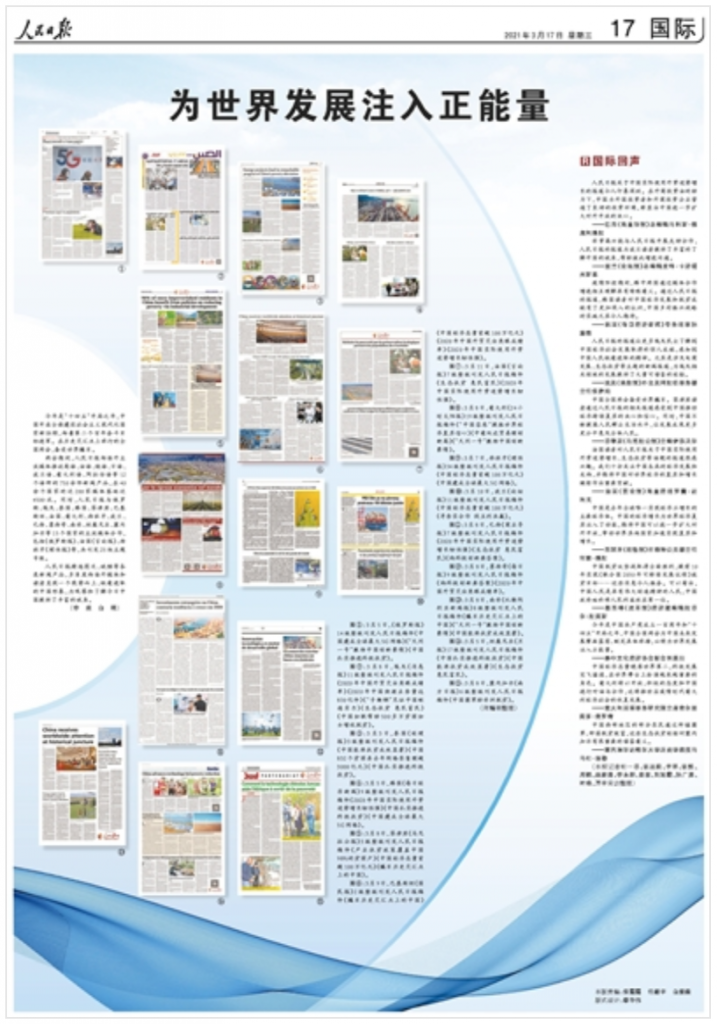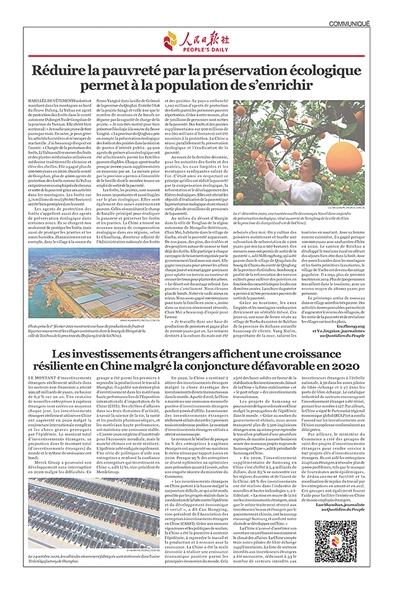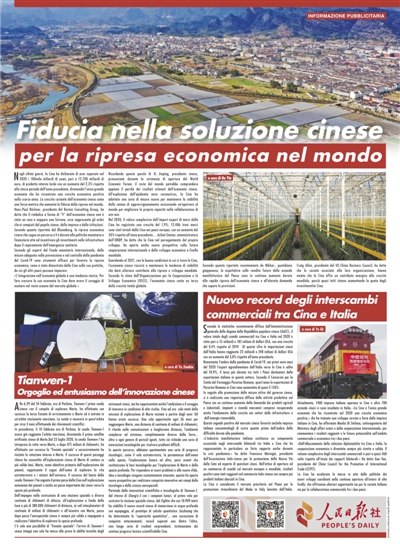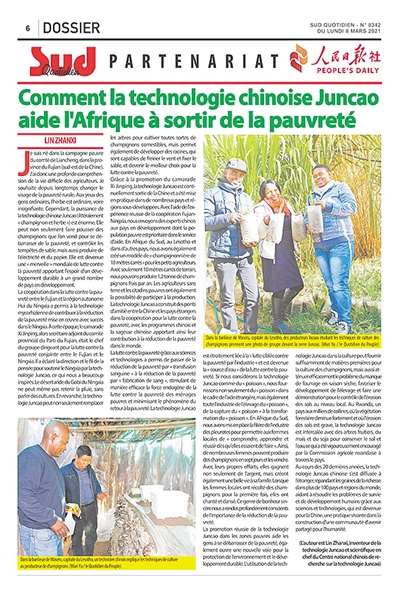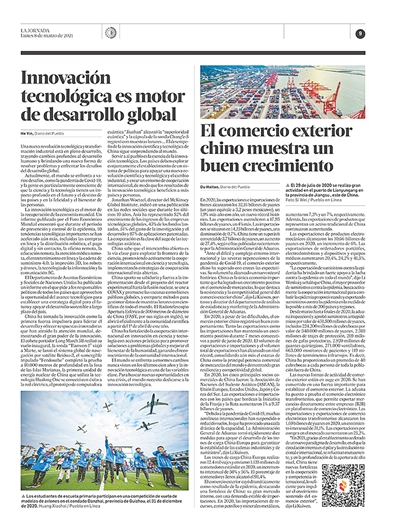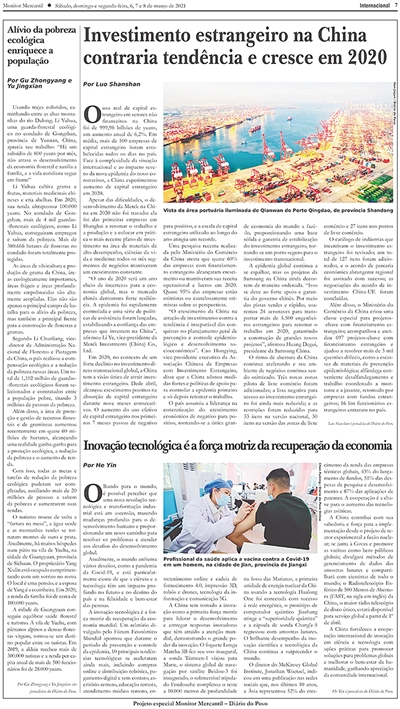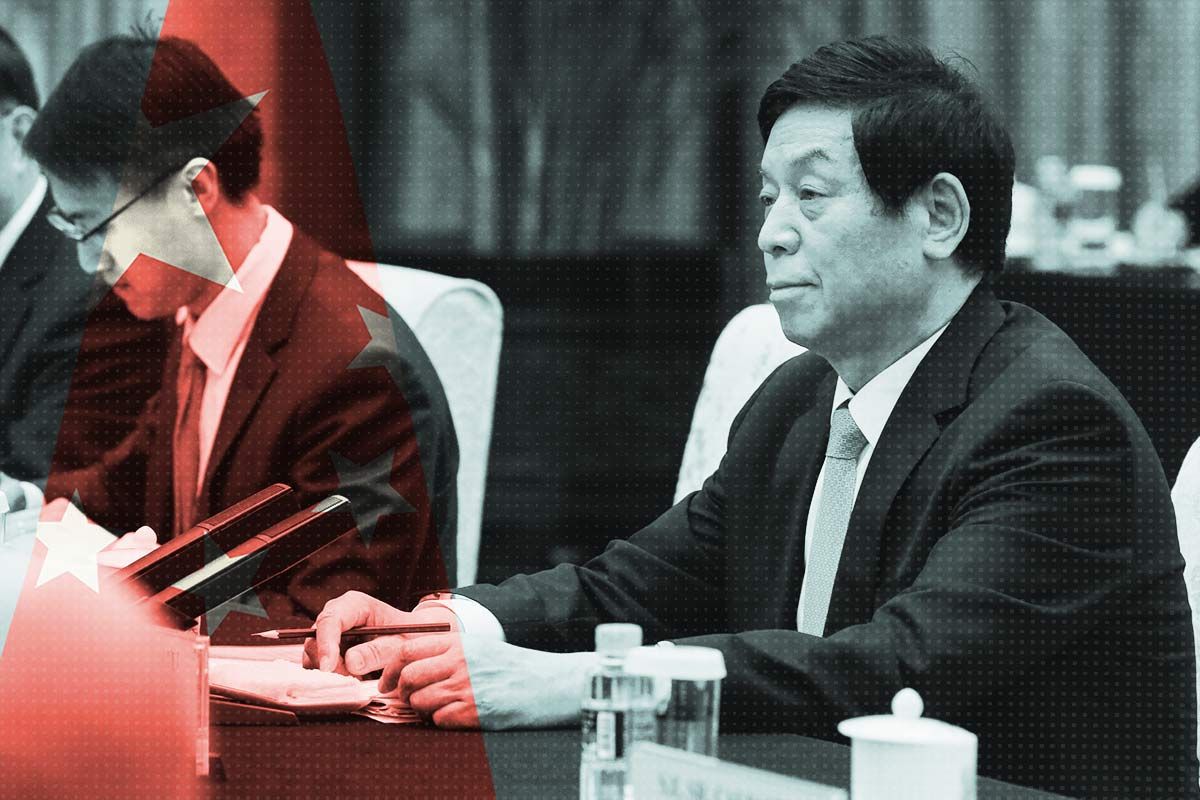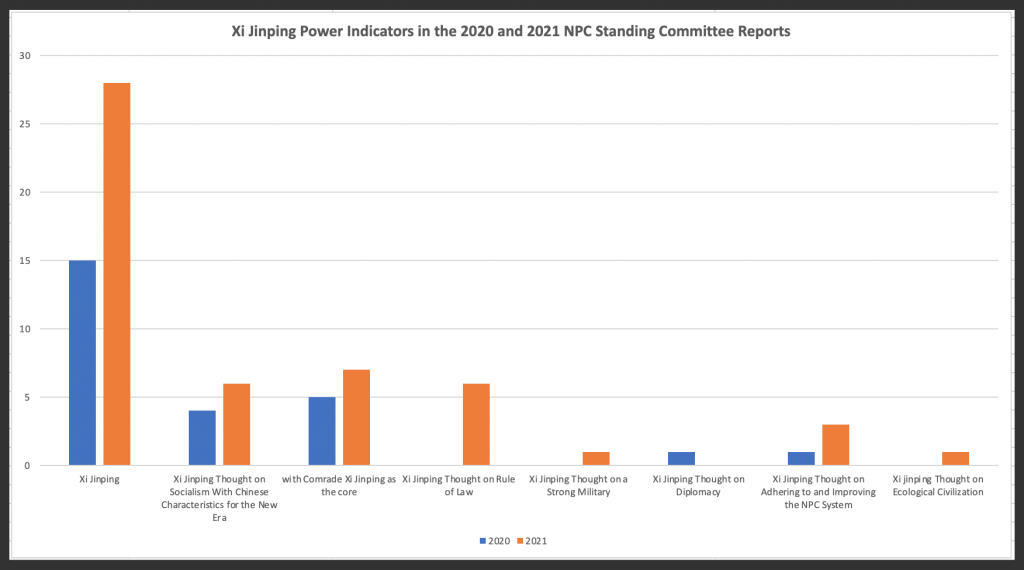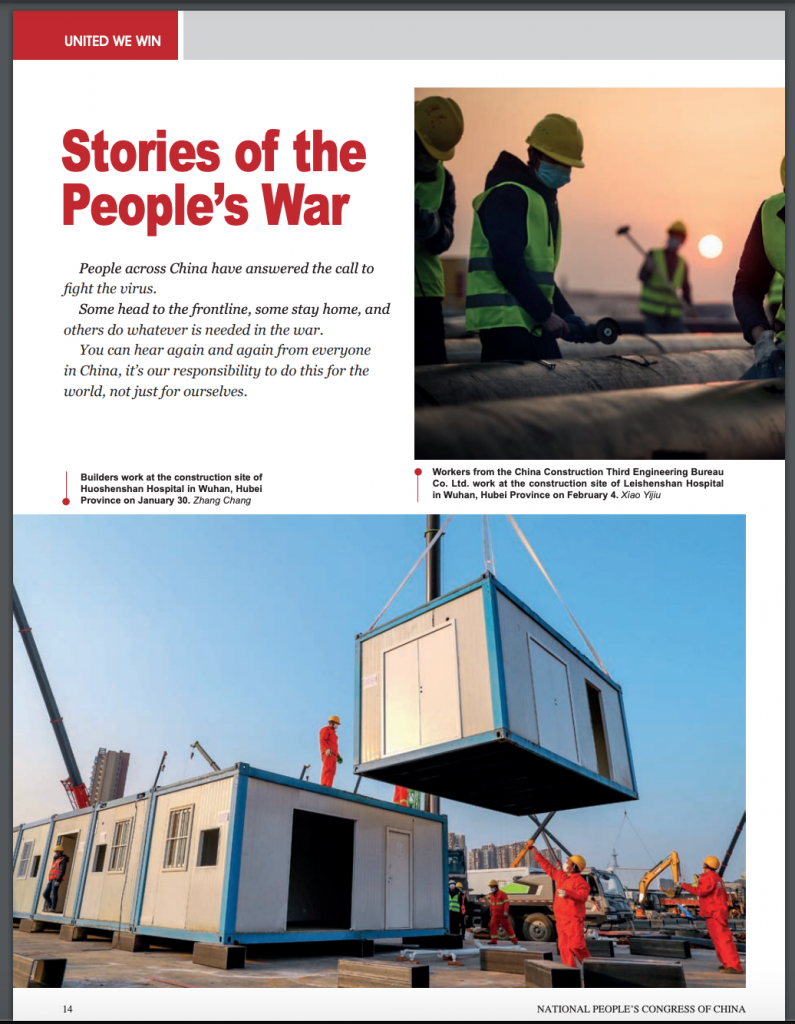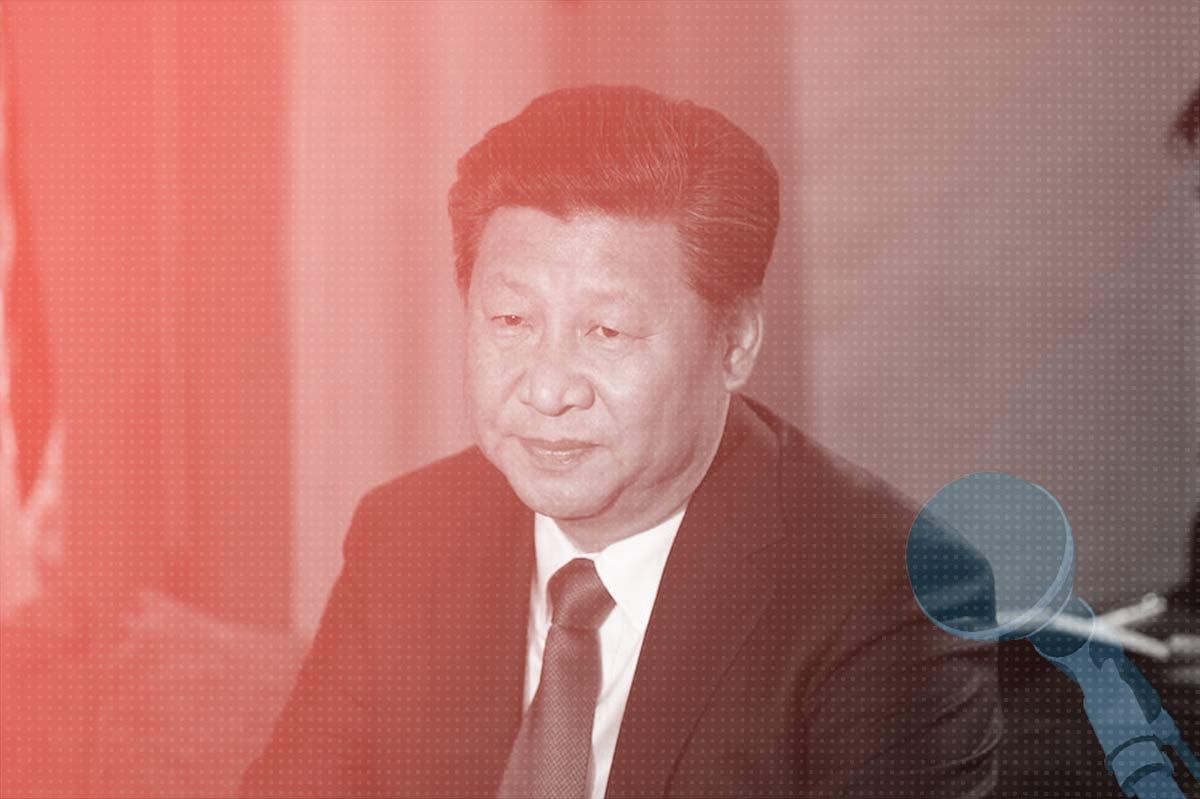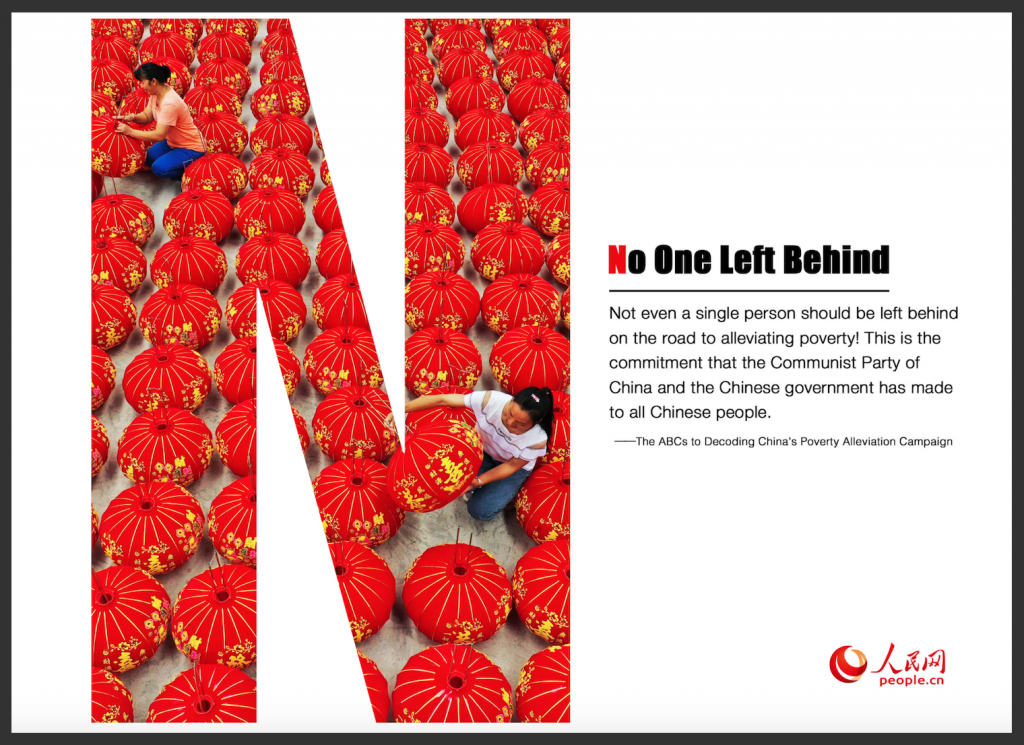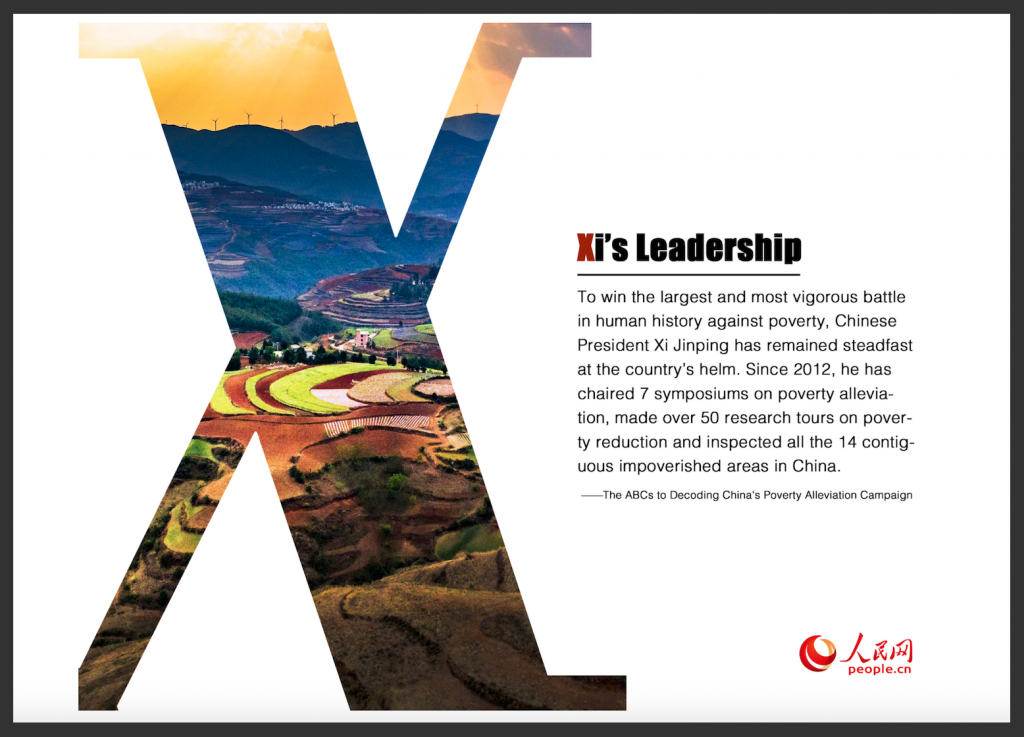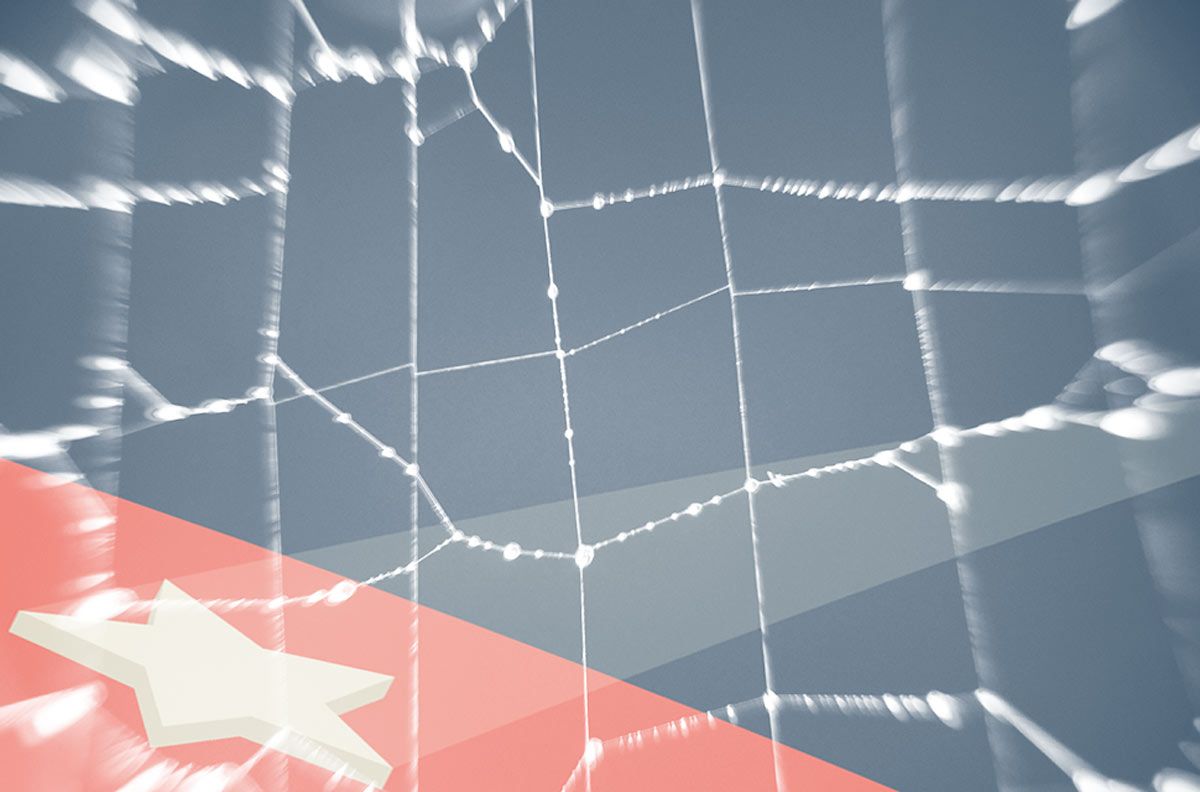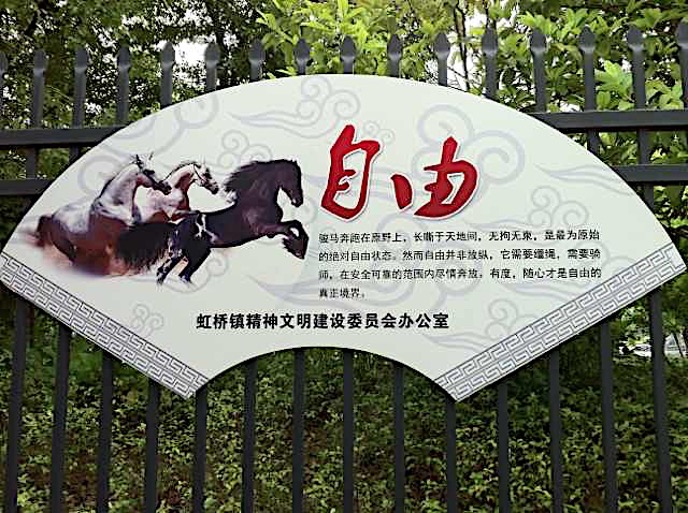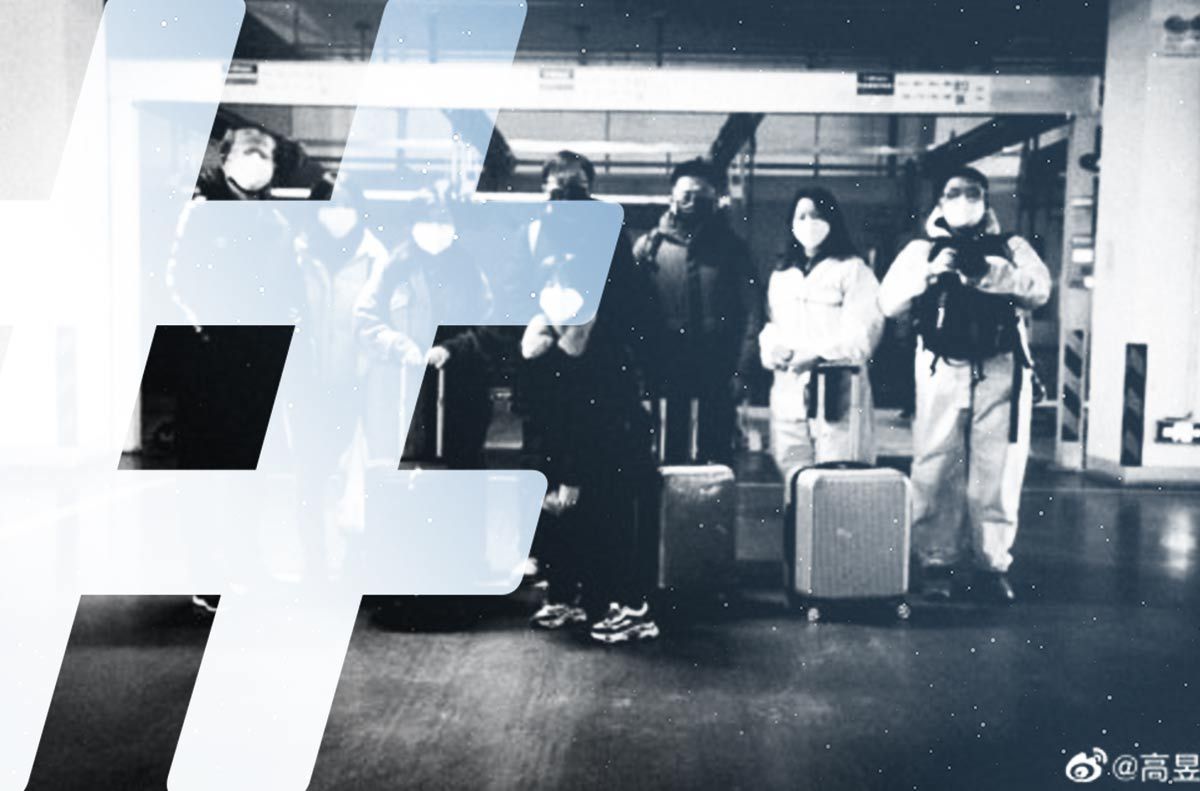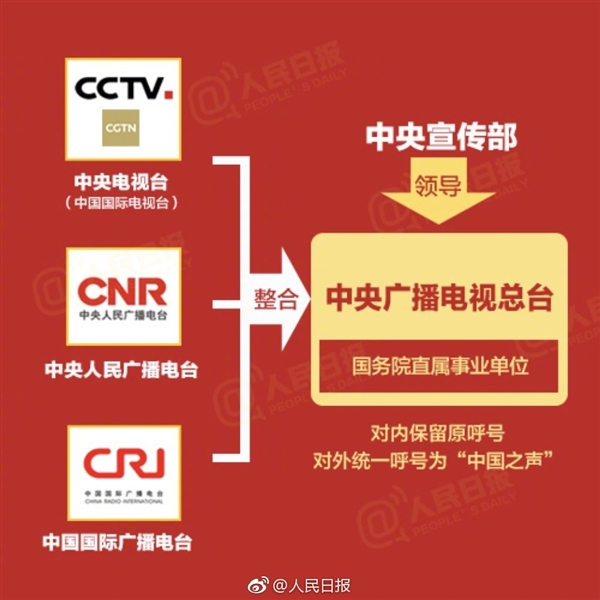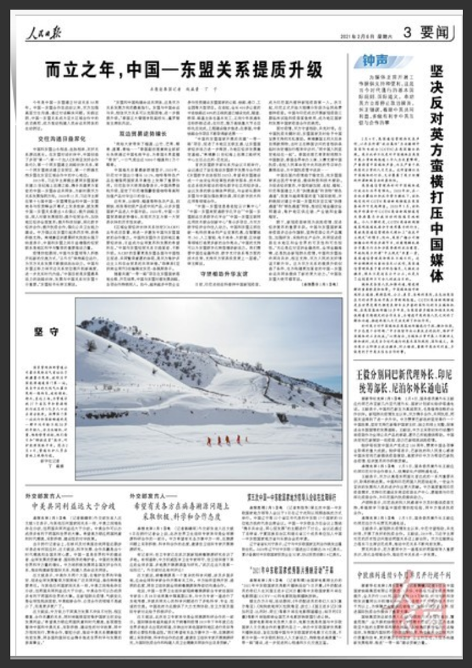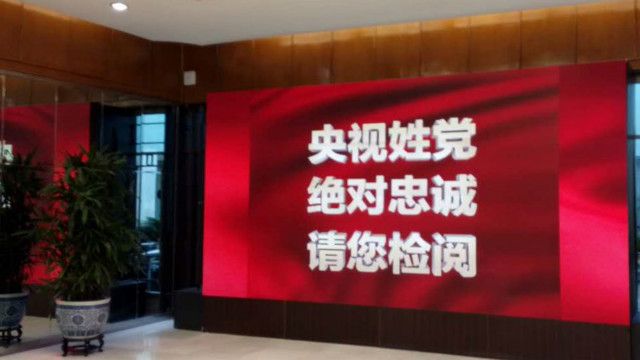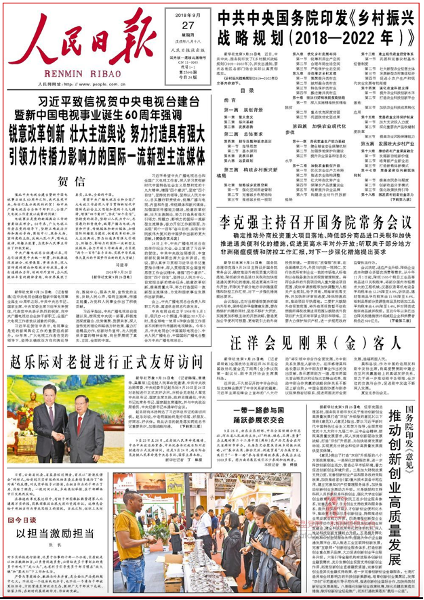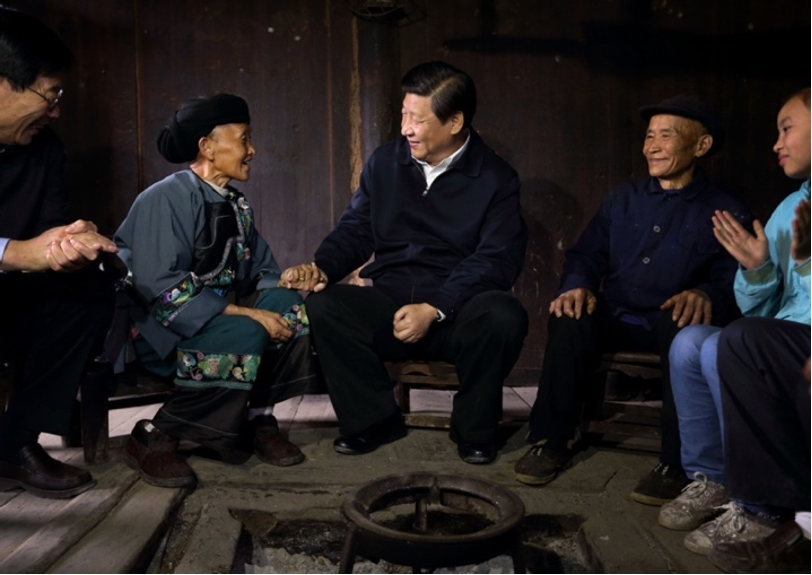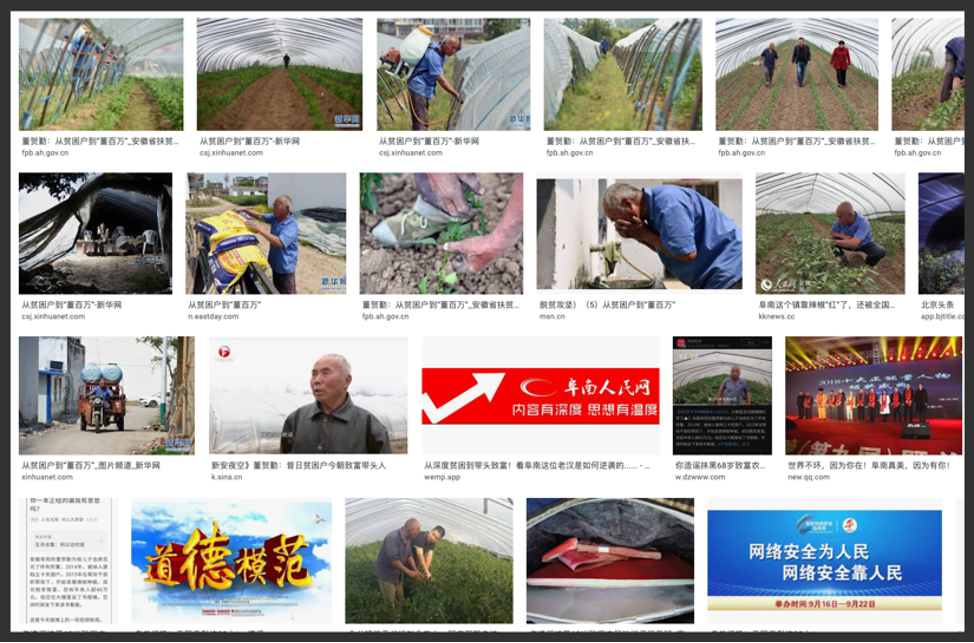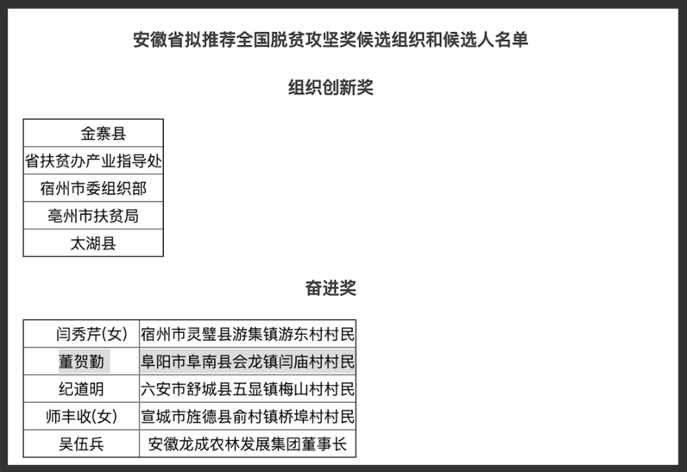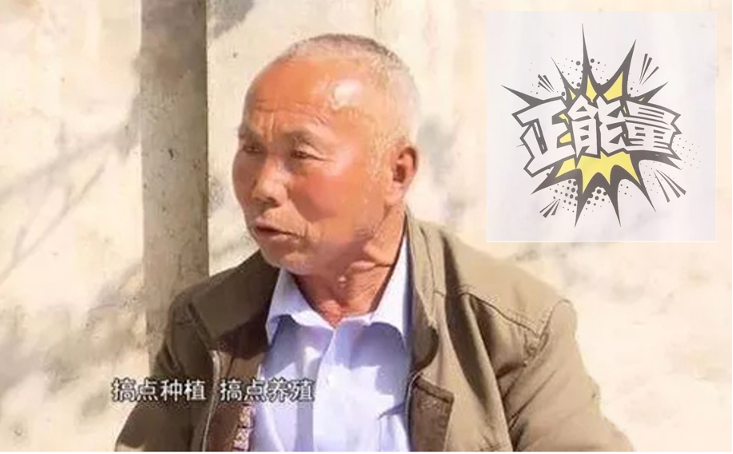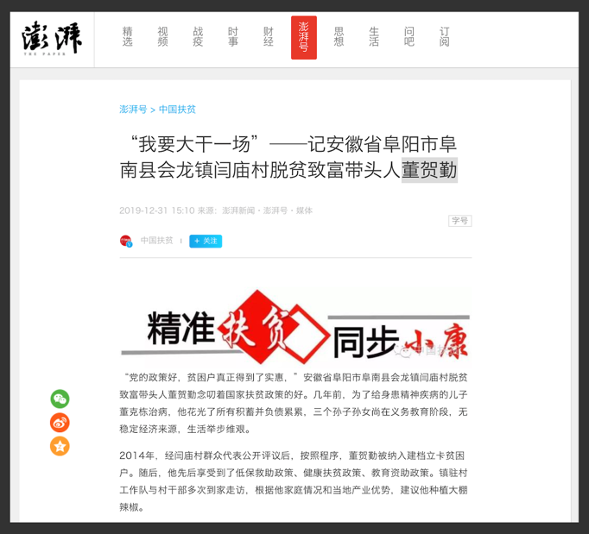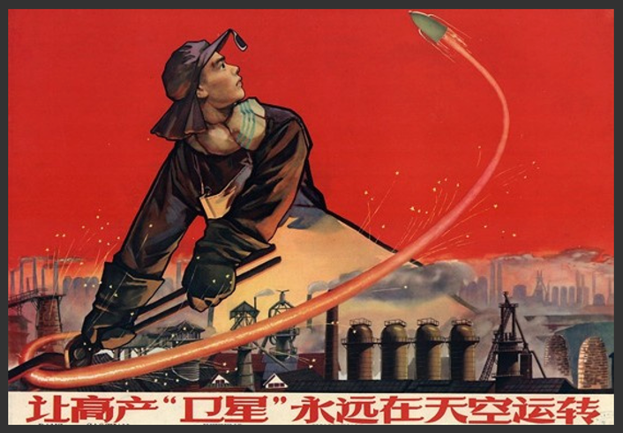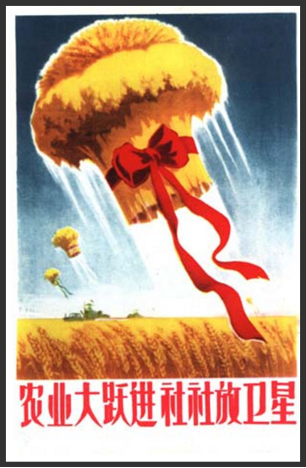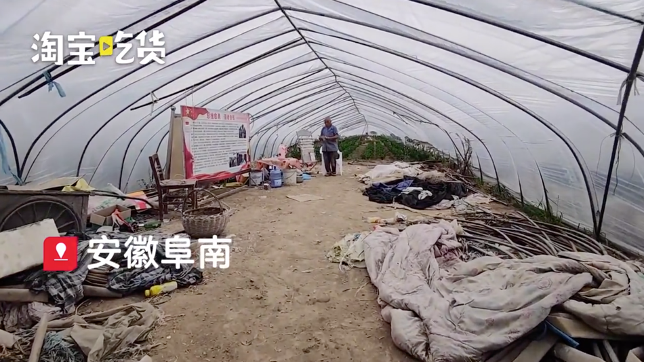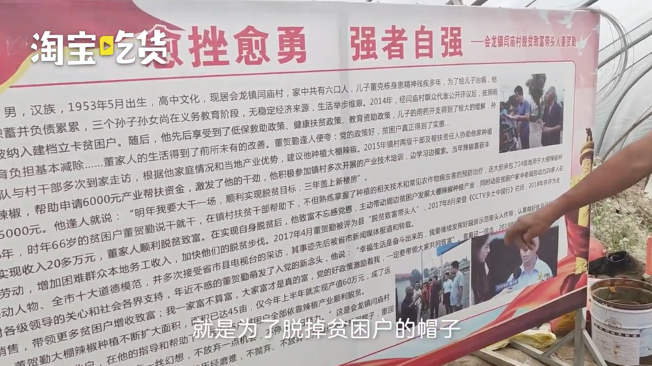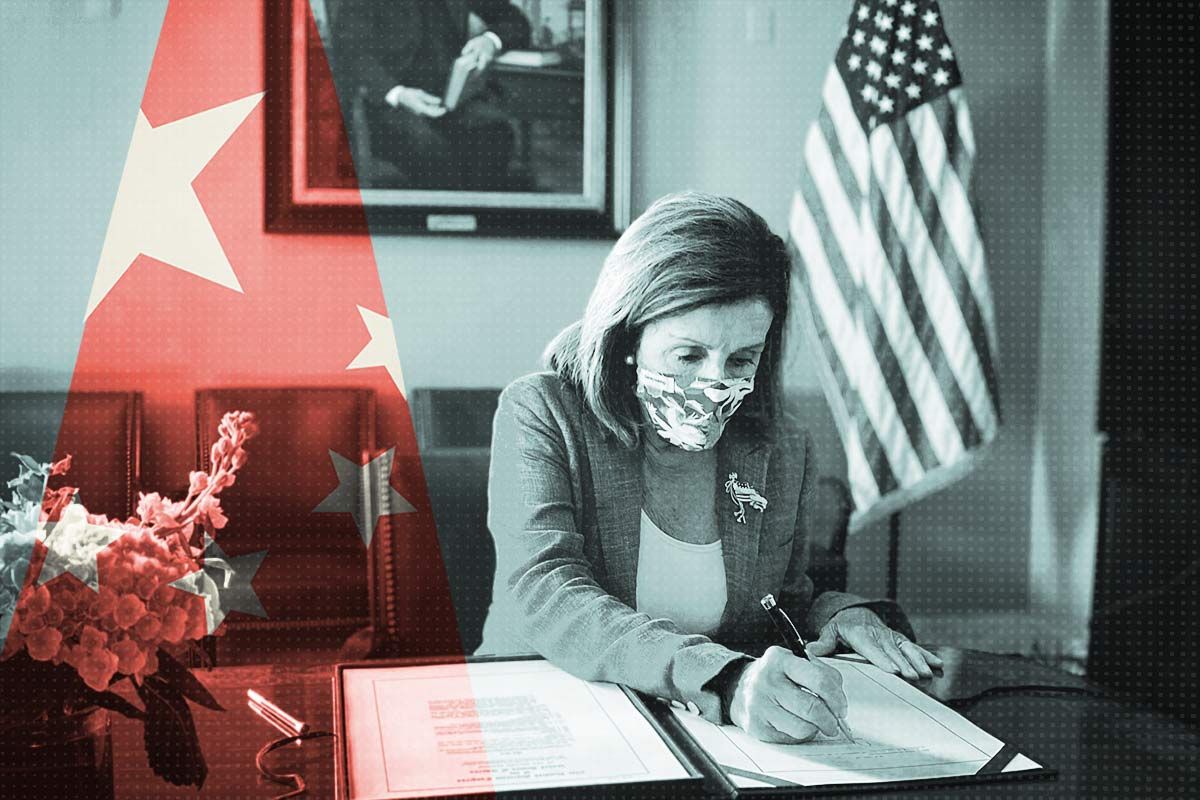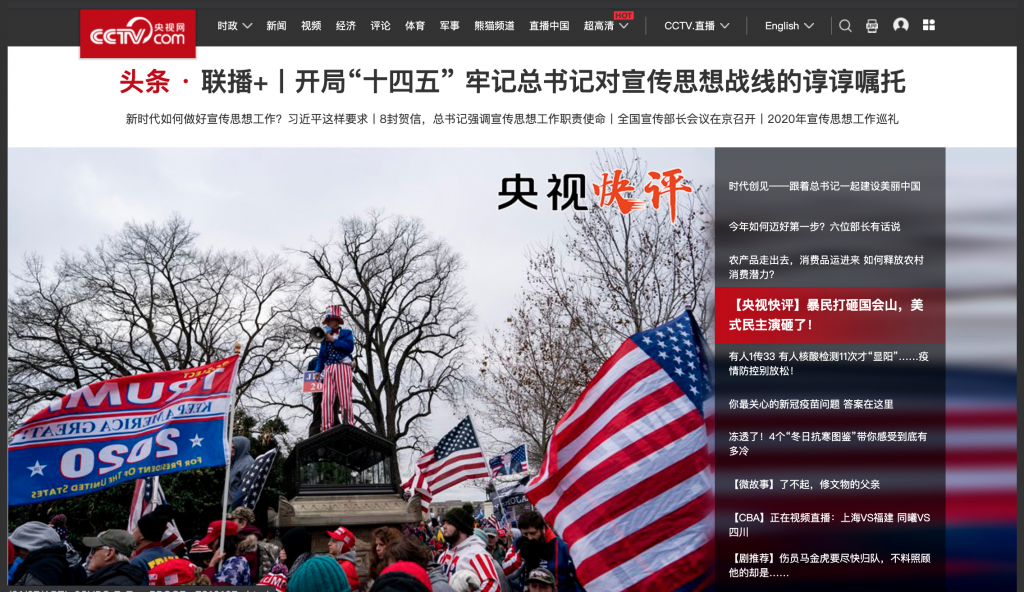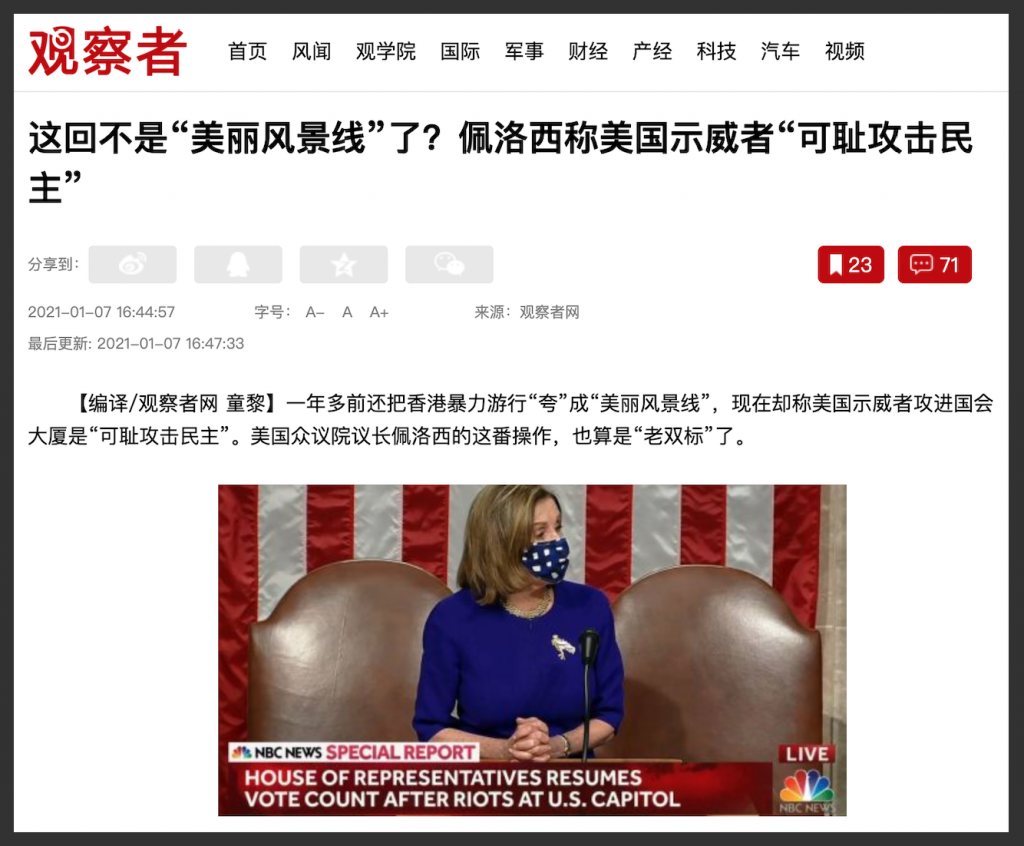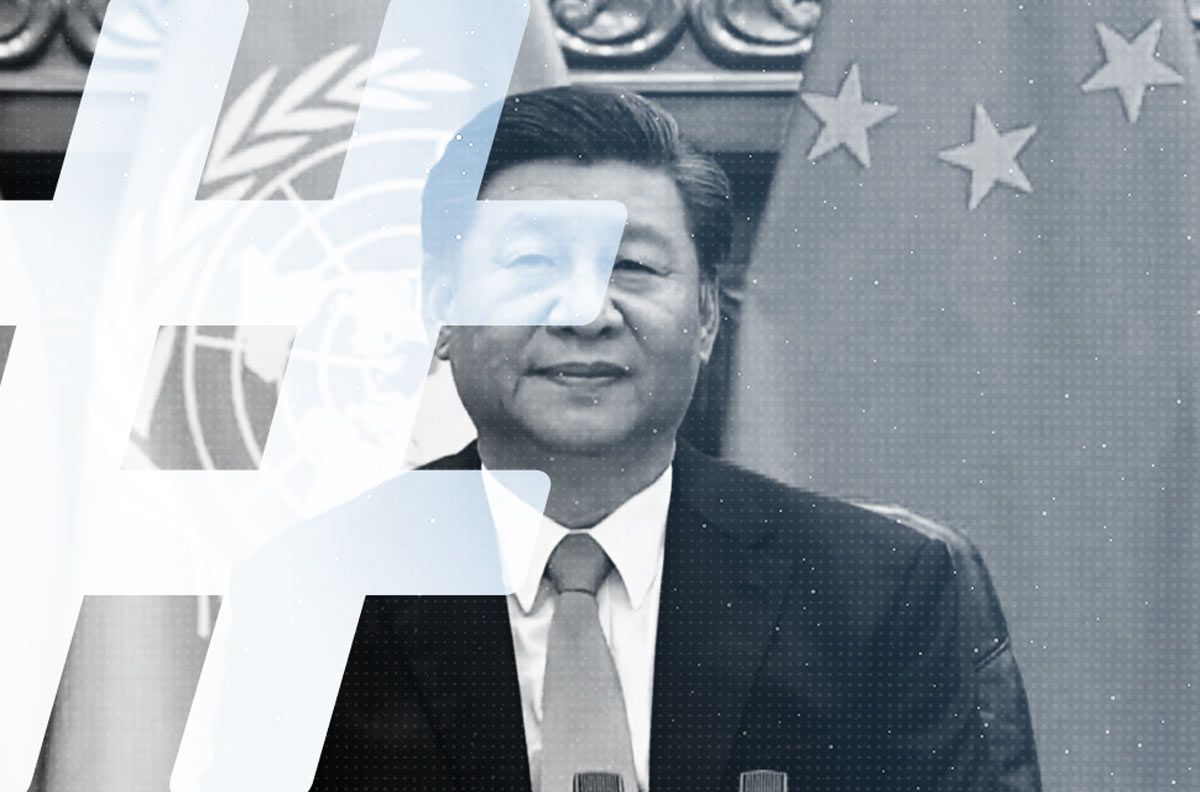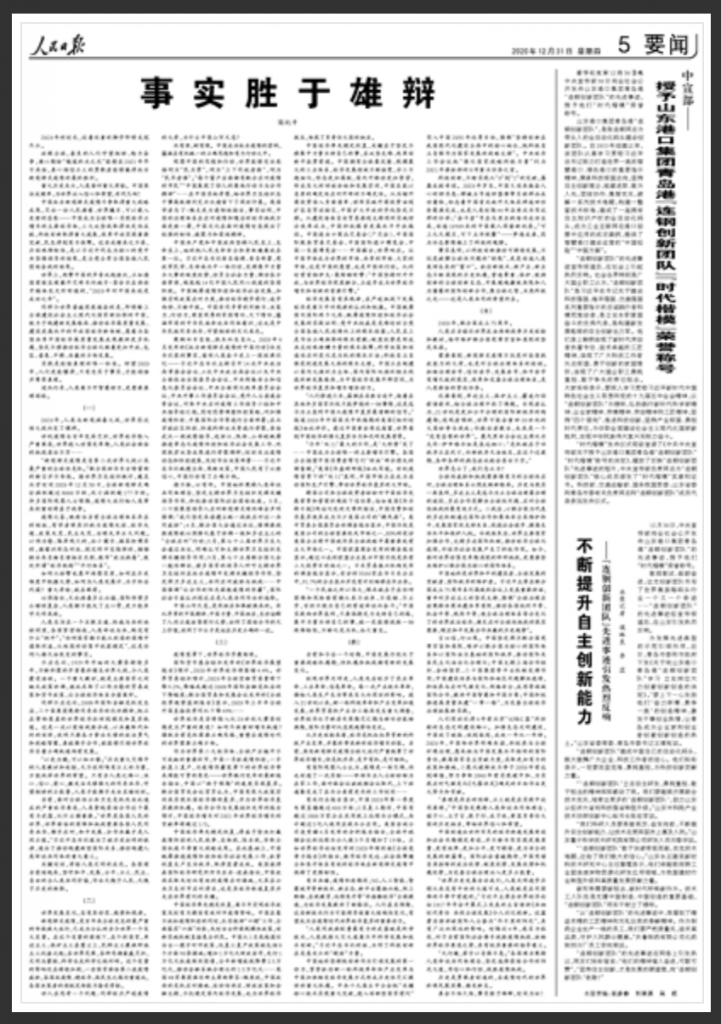Multiplayer Diplomacy
According with predictions ahead of the first high-level talks between China and the United States since President Joe Biden took office in January, yesterday’s diplomatic exchange in Alaska was cantankerous. Officials in Washington signaled early on that they had no “unrealistic expectations,” and for its part China’s foreign ministry remained stiff-lipped, cautioning the US against venturing into contentious areas like Hong Kong and Xinjiang.
The tone on the meetings is expectedly muted in today’s edition of the People’s Daily, the mouthpiece of the Chinese Communist Party – the instinct being, no doubt, to remain cool on talks still underway. The newspaper is preoccupied on page one with trumpeting the “New Era” (新时代) under General Secretary Xi Jinping, with a soaring paean to the “core” that dials the glory story back to the “golden autumn of 2012.”
The continued uplifting of Xi Jinping is of course also an issue of paramount importance to China’s foreign relations. The transformation of Chinese politics and society that has resulted from this tectonic shift has contributed substantially, for years already, to growing anxieties about China.
Turning back to the meetings, however, we have two pieces in the People’s Daily today, both on page three, that strike a firm tone on relations. The first, just under the photograph as the center of the page, was filed from Anchorage by reporter Li Zhiwei (李志伟). It reports language from Chinese Ambassador to the US Cui Tiankai (崔天凯) insisting that China “will not compromise on core interests.”
The second, just below the first, is a report based on statements early yesterday in Beijing by Ministry of Foreign Affairs Spokesperson Zhao Lijian (赵立坚). “Whether the dialogue can achieve positive results depends on the joint efforts of both sides,” Zhao is quoted as saying. “The US side should take cues from the Chinese side, conducting the dialogue in a sincere and constructive manner.”
This message is typical for China’s foreign ministry, and it has been delivered in roughly the same way for years and years in myriad contexts. Productive dialogue requires sincerity and mutual respect, and so on. But here is what Zhao says next: “Attempts to engage in ‘microphone diplomacy’ and ‘bandwagoning’ are a waste of effort and useless.”
This language epitomizes the colorful combativeness of Chinese diplomacy in the “New Era,” what has been termed “wolf warrior diplomacy” (战狼外交). The terms, one youthful the other middle-aged, merit a closer look for what they tell us about China’s foreign relations against the backdrop of its domestic politics.
Viral Foreign Policy
Phrases like the second here, “bandwagoning,” represent a departure from the stiff diplomatic language of the past, and they speak to crucial fact that foreign affairs in China today responds to and utilizes, perhaps more than at any time in the PRC’s history, currents of nationalism and populism. The transformation of the information space has meant that Chinese, despite media controls, are more connected to world events – and more enabled to talk about them. This means the language of diplomacy must change, becoming versatile and appealing, so that the CCP can simultaneously signal its positions externally and inspire support for these positions internally.
Enter the diplomatic neologism, designed for its viral nature, and its capacity to channel events into themes that are both reductive and deeply evocative. Let’s just consider the term “bandwagoning,” or daijiezou (带节奏), the second employed by Zhao Lijian. This is an online term that first emerged as online gaming slang in Chinese eSports and from such team-based multiplayer games as League of Legends (英雄联盟). It refers to the way an experienced player can organize their virtual teammates to launch a tough and coordinated attack that “elevates the tempo” (带起一波节奏).
Beyond its color, what does such a term accomplish for China’s foreign ministry? The reference is youthful, appealing (or so is the hope) to a generation of youth in China who are actively engaged online. It invites them to view the US-China talks as a high-stakes face-off, as an eSports event tournament of us-versus-them.
Those who find this to be too much of a leap would do well to read up on recent history and the phenomenon of cyber-nationalism in China, such as the 2016 Facebook crusade against Taiwan’s Tsai Ing-wen and the 2018 online mobilization against Mercedes-Benz for an Instagram post referencing a quote from the Dalai Lama. Young nationalists in China have already mobilized online in ways that impact foreign relations, and the process very much resembles a multiplayer game.
Though a bit more colorful than much of the CCP’s official discourse, the term “microphone diplomacy,” or maikefeng waijiao (麦克风外交), is an older term in the lexicon of contentious relations that has been more recently embraced in China’s foreign policy. The term emerges in China’s official discourse in the early 1980s, referencing Cold War standoffs between the Soviet Union and the West. The first article with the term in the People’s Daily is a report from February 1, 1984, filed from London, that quotes then former British Foreign Secretary Lord Peter Carrington as urging against “microphone diplomacy” toward the USSR in favor of dialogue. The term suggests, in this context, grandstanding over differences and criticism rather than engaging in productive exchange. The next two appearances, in 1993 and 1996 respectively, also reference events outside of China.
“Microphone diplomacy” made its first formal entry into Chinese political discourse to reference China’s relations with foreign countries on July 12, 2014, in a commentary in the People’s Daily attributed to “Zhong Sheng” (钟声), a pen name used in the paper since November 2008 for important pieces on international affairs on which the leadership wishes to register its view. Referencing US-China relations, the commentary said: “The fact is that China and the US have an important common interest in maintaining freedom of navigation and safeguarding maritime security, and can fully cooperate effectively. As two major powers, China and the US have their own dignity and responsibilities, and engaging in ‘microphone diplomacy’ will only complicate the issue.”
Since 2014, “microphone diplomacy” has become something of a permanent fixture of Chinese diplomacy.
But the talk of avoiding grandstanding over differences entailed by “microphone diplomacy” is arguably belied by the often extreme grandstanding on foreign relations that is actively encouraged by Party-state media through the viral exploitation of nationalistic memes. Consider, for example, the provocative messages shared today through the official Weibo account of the People’s Daily, so constrained in its print edition.
The first contrasts an images from the 1901 signing of the Boxer Protocol (辛丑条约) between the Qing Empire and the Eight-Nation Alliance, regarded as one of a number of unequal treaties to which China was subjected, and an image from yesterday’s talks.
No other commentary is provided with the post, but the implication is clear. The People’s Daily is encouraging Chinese who might share such viral content in the view that the talks are taking place in an atmosphere of complete disrespect for China, adding to the deep historical scorecard of indignities – running from the Opium Wars to the Treaty of Versailles and the “Shandong question” and onward through to the 21st century.
The second post is a graphic that reads, in prominent type, “The Chinese won’t eat this from the US” (中国人不吃美国这一套), and includes a list of grievances rejecting US meddling in China’s internal affairs, including over Taiwan, Hong Kong and Xinjiang.
Next comes a partly bilingual version of the same message, in arresting red and white, a shareable declaration of fundamental resistance to American criticism and meddling.
Following talks yesterday, US officials noted of China that “exaggerated diplomatic presentations often are aimed at a domestic audience.” They might just as well have called it “microphone diplomacy.” “The Chinese delegation . . . seems to have arrived intent on grandstanding, focused on public theatrics and dramatics over substance,” one senior administration official was quoted as saying.
Terms like “bandwagoning,” accompanied by viral messages like those above that seek to provoke and exploit domestic reactions, suggest that the public theatrics are here to stay, that they are a crucial component of Chinese diplomacy in the “New Era.” Involving and engaging the digital Chinese public, in ways that curtail substantive discussion at home, has already become a salient feature of this new multiplayer diplomacy.

